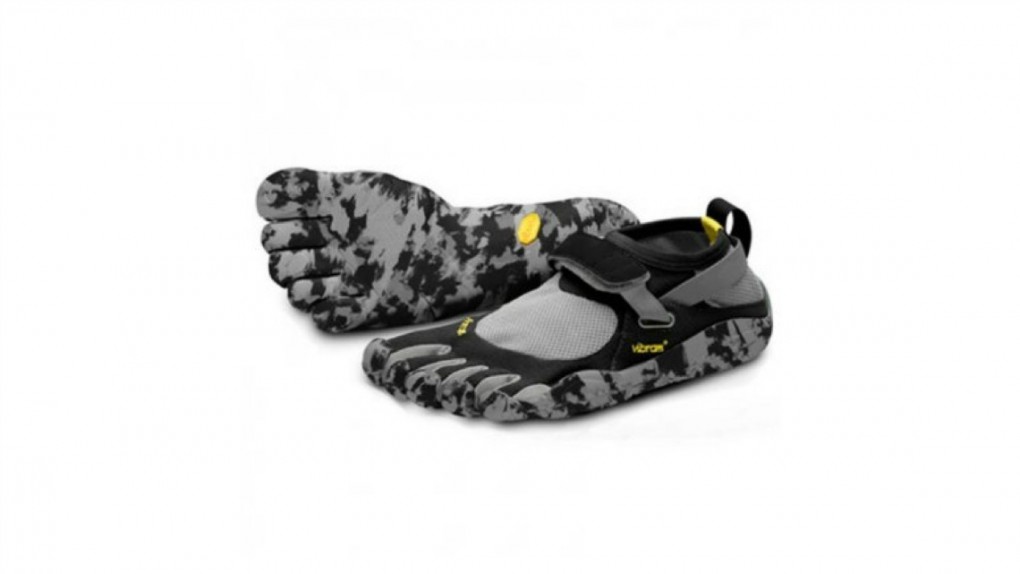What is barefoot running and why is it popular?
Over the last few years there has been a huge resurgence of this trend. I say resurgence because, of course, this style of running has been around since human kind began. The amount of time humans have been wearing shoes is actually incredibly short.
So with all of our technological advances in footwear, why are people choosing to go back to minimalistic styles?
It is partly because modern shoes are actually built too well. It gives too much support, too much cushioning, and actually makes our feet weaker. The human body is designed to run without any superfluous support, and that is why many people are trying to lean away from the modern options to something they feel is more natural.
Click here for a thorough breakdown/review of these kinds of shoes
There are many benefits to minimalistic footwear; mainly building stronger ankles and feet, but before you toss your shoes in the trash there are some things you should know.
Avoid injuries; be mindful of the surfaces you’re exercising on.
Exercising sans shoes is natural; it is what your body evolved to be able to do, but it did not evolve with a design meant to withstand doing so on asphalt or concrete. These are manmade surfaces that are harder than anything found in nature except stone, which is almost never found in nature in large, perfectly flat swaths in the exact direction we want to go (similar to modern day roads). The human body is not well equipped for such a hard surface and without anything to lessen the impact, these surfaces should be avoided at all costs.
When exercising in minimalistic shoes, stick to softer, more runner friendly surfaces in order to avoid putting your body through any unnecessary impact.
Transitioning to running in barefoot shoes.
When transitioning to this style, you should also take some steps to protect your feet and ankles. You cannot go from your cushy cross-trainers to nothing at all without a huge risk of injuries due to the weakened state of your feet and ankles, and the soft vulnerable skin of the soles.
Work on increasing your ankle strength by doing some exercises to get your body used to moving and supporting weight and direction change without any shoes on. Check out this basic ankle and foot conditioning routine that you can use to reduce your chances of strains and injuries.
Another thing you can do to reduce injury is to use one of the new shoe lines intended to gradually move you closer to barefoot running by offering less cushioning and more flex, which requires more articulate control. Making the change a gradual one instead of instantaneous can help prevent injuries and strains.
Are you fit? Find out!

Barefoot Running Guide - Tips for a Pain-Free Bare Foot Running Technique
Read Time • 3 Min
- Category Fitness
- Membership Free